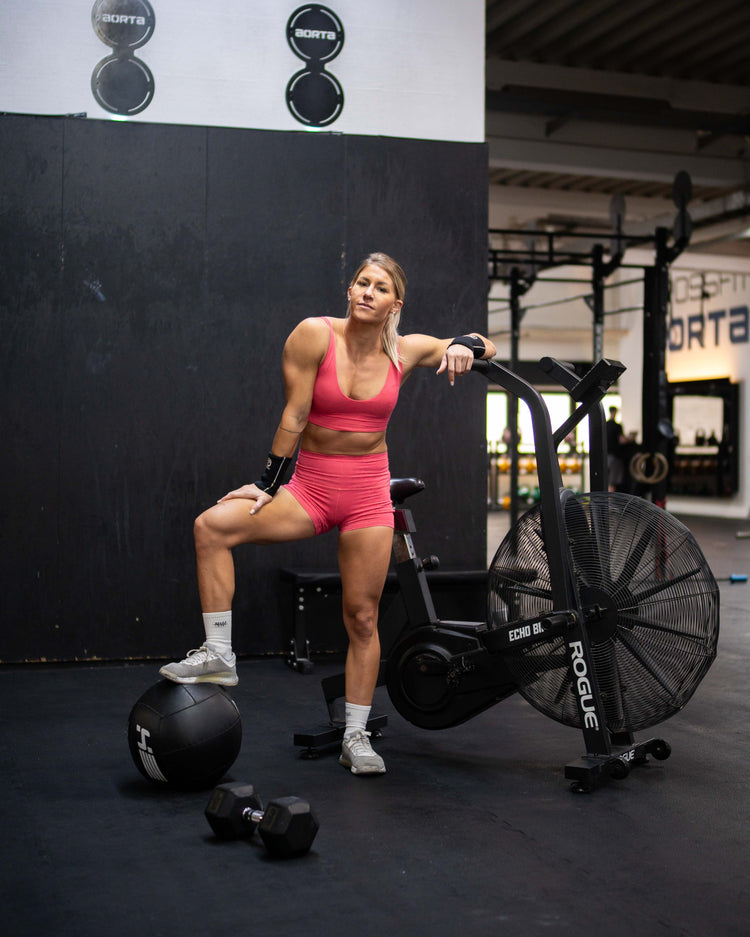from Dr. Lutz Graumann, sports physician
An article by Dr. Lutz Graumann, sports physician
We all know the unpleasant visit the day after a hard training session - hello muscle soreness! But how and why does muscle soreness occur in the first place?
Loss of strength, pain, muscle tension, stiffness, and swelling - typical symptoms of muscle soreness that every athlete knows. Muscle soreness or Delayed Onset Muscle Soreness (DOMS) is an undesirable side effect of intense training. It is often the result of unfamiliar and predominantly eccentric exercises, such as downhill running. The pain and performance reduction usually peak immediately after training or within the first 48 hours, with full recovery generally taking more than 5 days in the case of pronounced muscle soreness. The extent of the injury or damage to the muscle often depends on the original training condition.
What happens in our muscles in the meantime?
Eccentric training leads to an injury of the cell membrane and triggers an inflammatory response. This inflammation leads to the synthesis of the hormone prostaglandin and the messenger substance leukotriene. The released prostaglandin causes the sensation of pain. The leukotrienes increase the permeability of the vessels and attract special white blood cells (neutrophil granulocytes) to the site of damage. The movement of cells and fluid from the bloodstream into the inflamed spaces can intensify the sensation of pain. The pain and stiffness might be more related to the inflammatory response than to the actual damage.
What should be the time ratio between training and recovery?
The relationship between training and recovery is highly dependent on fitness and health status. For professional athletes, fatigue sets in later during specific training phases with multiple intense sessions per day. Hobby athletes and recreational sports enthusiasts need more time to recover from training stimuli. It is not uncommon for them to require up to 72 hours of rest to return to their baseline performance level. However, regardless of the sport level, if a new training stimulus occurs during this recovery period, the required rest is extended and, in the worst case, results in a downward spiral or increases the risk of infection and injury.
What are the consequences of neglecting regeneration?
Without sufficient recovery, an intense training stimulus inevitably leads to overload, overtraining, and in the worst case, an injury.
It is not without reason that leading sports scientists and sports doctors believe that the cyclist who wins the Tour de France is not the one who rides the best, but the one who recovers the best.
Because at the latest in the second of the three-week-long race, the riders are exhausted and no longer able to deliver their absolute top performances. They start the stages already pre-fatigued. This becomes visible in the altered blood values with increased inflammation markers, lower hematocrit and iron levels, increased occurrence of gastrointestinal and respiratory infections, and a "sluggish" heart rate.
Author
Dr. Lutz Graumann
Dr. Lutz Graumann is a doctor specializing in sports medicine, chiropractic therapy, and nutritional medicine. His focus is on enhancing individual performance.



